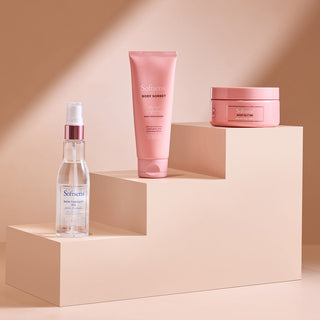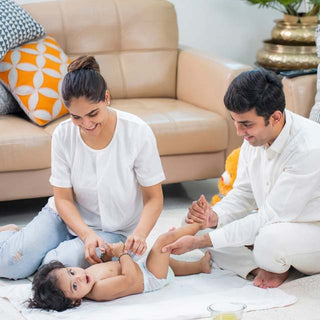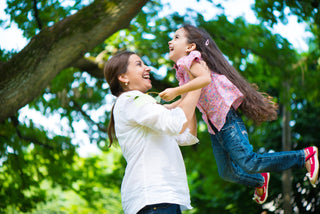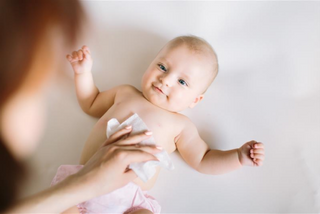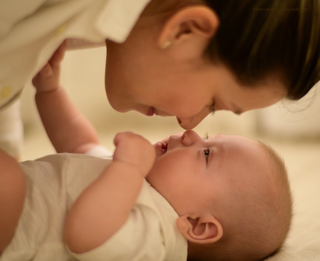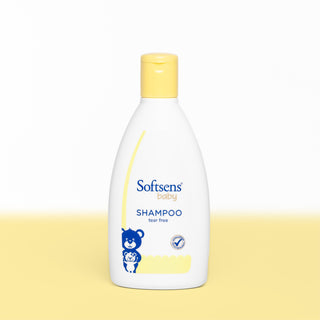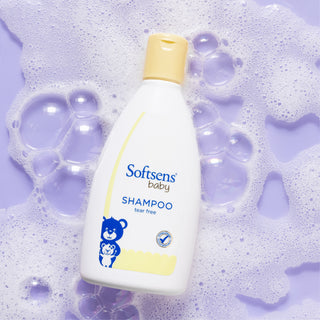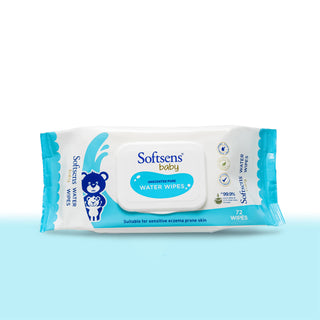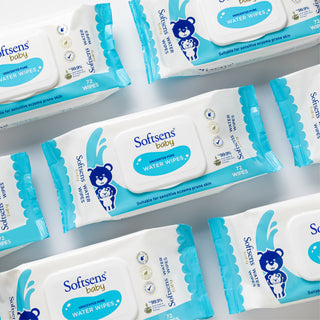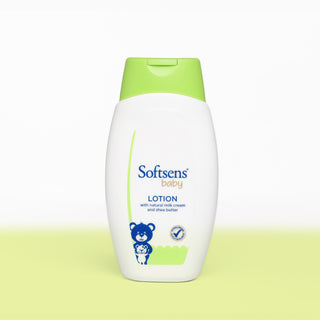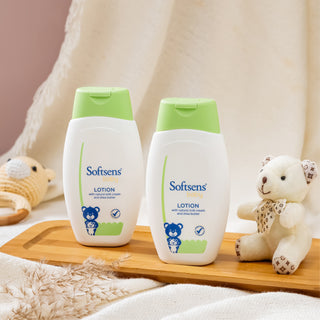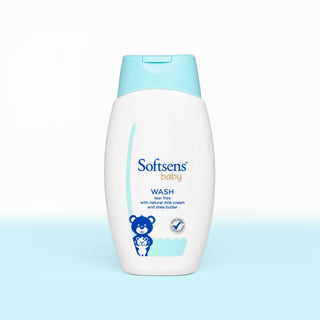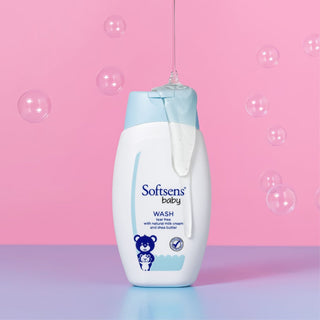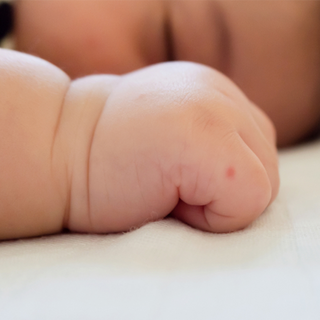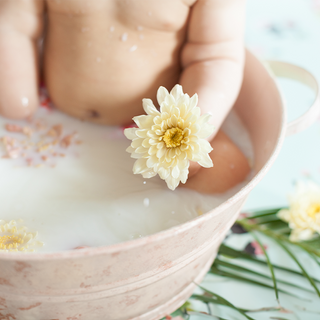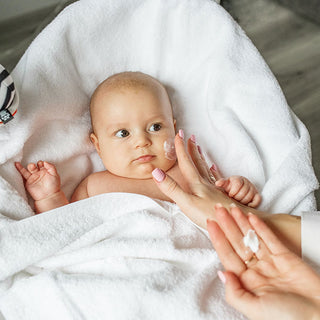Congratulations on welcoming your precious newborn into the world! Along with the endless cuddles and tiny yawns comes the responsibility of caring for their delicate features, including their hair and scalp. Whether your little one arrived with a full head of hair or just a fuzz of peach fuzz, proper care is essential to ensure healthy growth and a comfortable scalp.

This comprehensive guide will equip you with the knowledge and tips you need to nurture your newborn's hair and scalp, promote healthy development, and minimise any potential concerns.
Here’s a quick glance at the topics we’ve covered for you:
- Understanding your newborn’s hair and scalp
- Essential tips to care for newborn hair and scalp
- Best ways to manage cradle cap
- Tips on baby hair styling
- Common newborn hair concerns & solutions
Understanding Your Newborn's Hair and Scalp
Newborn hair growth varies greatly from baby to baby. Some babies are born with a full head of hair, while others have just fine vellus hair (peach fuzz). Both are completely normal! Hair growth is influenced by genetics and hormones, so don't worry if your baby seems a bit bald initially. Their hair will likely start growing thicker and faster within the first few months.
The scalp of a newborn is especially delicate. It's thinner than adult scalps and has a higher concentration of blood vessels. This makes it more susceptible to dryness, irritation, and conditions like cradle cap. Here's a breakdown of some key points to remember:
- Sebum Production: Newborns have limited sebum production, the natural oil that keeps hair and scalp moisturised. This can lead to dryness and flaking.
- Fontanelles: The soft spots on a baby's head (fontanelles) are sensitive areas. Be gentle when cleaning or brushing their hair to avoid irritation.
- Cradle Cap: This common condition causes scaly patches on a baby's scalp, often appearing greasy or yellowish. It's harmless and usually clears up on its own, but gentle care can help manage it.
Why Do Infants Lose Their Baby Hair?
The amount of hair a newborn arrives with can be a surprise! Some little ones sport a full head of locks, while others have just a fine layer of peach fuzz. However, you’ll notice that your baby will shed most of his/her hair within the first six months. When this happens, don’t fret. It is entirely normal. It's normal for newborns to experience a hair shift in the first few months. When your baby is in your womb, he/she receives hormones from the mother’s body, but this stops when the baby is born, due to which there is a shift in the baby's hormonal levels, causing their hair to fall.
After the initial hair loss within the first six months, your baby’s hair will soon grow back. The new hair growth may surprise you! It can come back with a different texture or even a slightly different colour. Your baby’s permanent hair will most likely start to appear when they are about six months of age. However, this differs from child to child. Your baby’s permanent hair can come in at any time between six months and two years of age. So, don’t worry if your baby’s hair isn't growing as fast as you think it should.
Babies also develop a thin layer of hair called ‘lanugo’ all over their body while they are still in the mother’s womb. While most babies shed their ‘lanugo’ in the womb itself, some are also born with a thin layer of hair over their bodies. Your baby will also shed this hair within the first few months of their life.
Essential Tips for Newborn Hair and Scalp Care
Now that you understand the unique characteristics of your newborn's hair and scalp, let's delve into the practical steps you can take to ensure their comfort and healthy development:
- Bathing Routine:
- Frequency: Newborns generally don't need daily baths. Two to three times a week is sufficient to keep them clean. Excessive bathing can strip away natural oils, leading to dryness. So when you do wash your baby’s hair, make sure to use a mild, tear-free baby shampoo.
As your baby approaches the 6-month mark, expect them to become more mobile, leading to inevitable messes! At this point, you can increase the frequency of hair washing, and shampoo the baby's hair as and when required.
- Washing ritual: It’s essential to wash your baby’s scalp, whether or not your baby has any hair on the head. When washing their scalp & hair, make sure you gently support their neck & head by placing your hand firmly behind the head. You can use a tiny mug to wet the baby's hair with lukewarm water. Then pour some shampoo into the palm of your hand and gently massage the shampoo into the baby's scalp.
Rinse it off gently by pouring water on the scalp, while making sure it doesn’t get into the baby's eyes.
If bath time hair washing isn't your little one's favourite, there's another gentle option! You can use a wet washcloth and massage your baby’s scalp with it. You can then use another wet washcloth to gently rinse off the shampoo instead of using a mug of water. Always dry your baby’s hair by gently patting it with a towel and not rubbing it vigorously.
-
Gentle Products: Opt for fragrance-free, tear-free baby shampoos specifically formulated for newborns. Tear-free shampoos leave out certain surfactants that cause irritation to the baby’s eyes and scalp. Look for a newborn baby shampoo that is safe, hypoallergenic, and has a mild tear-free formulation. It is also important to choose an alkaline- free shampoo for babies because alkaline tends to be harsher on a baby's delicate scalp and tresses. Softsens Tear-free Baby Shampoo is 100% soap-free, alkali-free, hypoallergenic, tear-free and suitable for all skin types!
Also, consider a gentle cleanser like Softsens Tear-free Body Wash. It's tear-free, hypoallergenic, and cleanses without stripping away natural oils.
- Post-Bath Care:
-
Pat Dry: Skip the rough towel rub and instead, pat their head and hair dry with a soft towel. This delicate approach minimises hair breakage and prevents irritation on their sensitive scalp. Think of it like blotting up water droplets instead of scrubbing. A gentle pat-down keeps them comfortable and helps maintain healthy hair growth from the start.
- Moisturise (if needed): While a bath cleanses your baby's skin, it can also remove some of their natural oils. This can lead to dryness, especially in delicate areas like the scalp and cheeks. To maintain healthy, comfortable skin, using a gentle, fragrance-free moisturiser like the Softsens Face & Body Lotion after bath time is essential.
Look for a lightweight, non-greasy formula that absorbs quickly and won't clog pores. Natural ingredients like milk cream, shea butter, and ceramides are excellent choices, as they replenish moisture and create a protective barrier on the skin's surface. These gentle moisturisers provide long-lasting hydration without leaving a greasy residue.
Remember, fragrance can irritate sensitive skin. Opt for a hypoallergenic, fragrance-free lotion to minimise the risk of irritation. By incorporating a gentle moisturising step into your baby's post-bath routine, you'll ensure their skin stays soft, supple, and comfortable throughout the day.
-
Brushing (optional): For babies with some hair, you can introduce a soft-bristled baby brush. However, this is entirely optional. Brushing helps stimulate blood circulation and distribute natural oils, but be extremely gentle and avoid brushing too frequently. A brush is a great option as it has soft, rounded bristles perfect for delicate scalps.
-
Massage the scalp: Regularly massaging your baby’s scalp with a gentle baby hair oil is beneficial for so many reasons, right from moisturising the scalp, to boosting the baby's hair growth, and more. Softsens Baby Natural Hair Oil is made from a trade-marked bio-nourish blend of 7 natural oils, to help nourish & moisturise a baby’s delicate scalp, loosen dry flakes, reduce cradle cap effects, and even stimulate hair growth. Click here for everything you need to know about Oiling your Baby’s Hair.
Even with all these precautions, sometimes you may notice your baby suffering from a dry, scaly scalp, and it could be the onset of cradle cap.
Learn How To Manage Cradle Cap As Well
Cradle cap often appears as yellowish, scaly patches on the scalp. While harmless, it can be bothersome for your baby. Here's how to manage it:
-
Focus on the Scalp: To treat this, continue with a hair wash twice a week. Gently massage your baby’s scalp daily with a soft baby brush or your fingers to promote circulation. Massaging the skin with a gentle baby hair oil such as Softsens Baby Natural Hair Oil also helps soften scaly skin, loosen dry flakes, and reduce the effects of cradle cap. If you suspect your baby has a cradle cap, it is best to first consult with your paediatrician. Click here to read our complete guide on How to Treat Cradle Cap in Babies.
-
Brush Softly: For babies with cradle cap, a gentle brushing routine can help manage the condition. After applying a softening oil like Softsens Baby Calming Massage Oil, use a soft-bristled baby brush specifically designed for delicate scalps. These brushes typically have rounded bristles to prevent scratching. With a feather-light touch, gently brush the scalp in circular motions. This will help loosen and remove the softened flakes associated with cradle cap.
Remember, avoid harsh scrubbing or picking at the flakes, as this can irritate the scalp further. After brushing, wash your baby's hair with a gentle baby shampoo like Softsens Tear-free Shampoo to remove any remaining oil and loosened flakes. This gentle brushing routine, combined with a calming oil and a mild shampoo, can effectively manage cradle cap and keep your baby's scalp comfortable.
Remember to not use harsh scrubs or try to pick off the flakes. This can irritate the scalp further. If cradle cap persists or seems severe, consult your paediatrician.
Additional Tips On Newborn Hair Care & Styling
- Minimize Heat Styling: Avoid using heat styling tools like blow dryers or curlers on your newborn's hair. Their scalp is too delicate for such harsh treatments. Let their hair air dry naturally.
- Sun Protection: If you're taking your baby outdoors, especially in sunny weather, protect their head with a hat. The sun's ultraviolet rays can damage their delicate scalp and hair. Choose hats made from breathable fabrics like cotton.
- Hair Care Routine: As your baby grows and their hair gets thicker, you can establish a more regular hair care routine. This might involve using a soft-bristled brush daily to distribute natural oils and detangle hair. You can also continue using a gentle baby shampoo like Softsens Baby Tear-free Shampoo two to three times a week.
- Embrace Natural Hair Texture: Every baby's hair is unique. Some have straight hair, some have curls, and some have a combination of both. Embrace your baby's natural hair texture and avoid using harsh products or tight hairstyles that could damage their delicate strands.
- Avoid Tight Hairstyles: Tight ponytails, braids, or headbands can pull on your baby's hair and scalp, leading to breakage and irritation. Opt for looser styles or leave their hair loose whenever possible.
- Observe and Address Concerns: Pay attention to your baby's hair and scalp for any changes or concerns. If you notice excessive dryness, redness, persistent cradle cap, or hair loss, consult your pediatrician to rule out any underlying issues.
Common Newborn Hair Care Concerns and Solutions
Here's a quick breakdown of some common newborn hair concerns and how to address them:
- Dry Scalp: If your baby's scalp seems dry and flaky, use a gentle, fragrance-free baby moisturizer like Softsens Baby Lotion after bath time. You can also consult your pediatrician for further recommendations.
- Cradle Cap: As mentioned earlier, cradle cap is a common condition that usually clears up on its own. Gentle scalp massage with baby oil, followed by brushing and washing with a gentle baby shampoo, can help manage it.
- Hair Loss: It's normal for newborns to lose some hair in the first few months. This is due to hormonal changes after birth. New hair growth will usually start within a few months. However, if you notice excessive hair loss, consult your pediatrician.
- Uneven Hair Growth: Don't worry if your baby's hair seems patchy or grows unevenly. This is quite common and usually evens out as they grow older.
Caring for your newborn's hair and scalp is a simple yet crucial aspect of their overall well-being. By following these tips and using gentle, baby-friendly products like those offered by Softsens, you can ensure healthy hair growth, minimize potential issues, and keep your baby comfortable. Remember, always prioritize gentle handling and consult your pediatrician if you have any concerns.
With a little love and care, your newborn's hair will blossom just like their beautiful smile!

